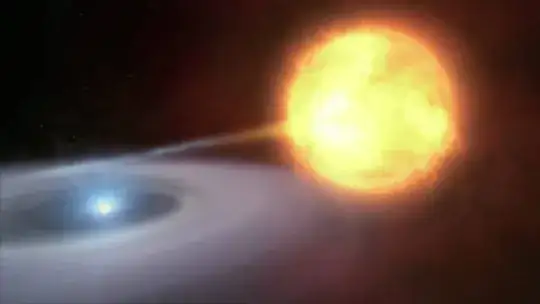I will reference an earlier answer in Stack Exchange here, where a real life "Mad Scientist" published a paper claiming it is theoretically possible to trigger a runaway fusion reaction in the Sun. Obviously there are a lot of assumptions in this paper, many which are (obviously) untestable.
Without going into too much detail, the paper essentially replicates the idea of a two stage thermonuclear weapon on a stellar scale, noting that most of the matter in the Sun is hydrogen and helium which is not undergoing fusion, and is essentially available for an externally triggered fusion reaction.
For a Jupiter sized planet, I suspect that the energy of the "first stage" is more likely to disrupt the planet rather than trigger the fusion reaction. If the trigger event is conducted deep inside the metallic hydrogen shell surrounding the core, there is the possibility the intense pressure and density of the metallic hydrogen may sustain a fusion reacton with a vigorous trigger, but given that it takes between 4-12 Jupiter masses before an object is considered a Brown Dwarf, I will suggest there isn't enough pressure and density to sustain a fusion reaction.
A brown Dwarf may have sufficient threshold pressure and density to trigger fusion reactions at a very low rate at the core, so a more vigorous first stage might ignite the closely packed nuclear fuel. This might be something like intersecting relativistic antimatter beams colliding in the core. Once again, there is an issue of having sufficient nuclear fuel, and sufficient pressure to keep the material together as the energy of the fusing atoms propagates through the mass of the object.
Bolonkin's paper references the Sun, so if his assumptions and calculations are correct, then a properly placed explosion delivering .5Mt might suffice. Without understanding all of the calculations, I cannot challenge the figure, but intuitively it seems ridiculously small.
The same reasoning does not apply to a white dwarf, since the star is the leftover remains of a star which has burned through a large percentage of its nuclear fuel, and is now a remnant made of carbon, Oxygen, Silicon and similar materials. While there is likely still a massive amount of Hydrogen remaining (especially relative to a Brown Dwarf or a Jovian planet), the ability to trigger a fusion reaction for a Type One Nova is very different from what was previously discussed. The White Dwarf accretes hydrogen on its surface from a companion star into it's "atmosphere". The extreme temperatures and density of the layer of hydrogen on the surface is so great that the Hydrogen eventually os compressed to the point it undergoes a massive fusion reaction, releasing the energy we see as a Nova.

priming of a Type 1 Supernova
Attempting to trigger a fusion reaction inside the star will be extremely difficult, since the massive amounts of metals and other elements left in the White Dwarf would "quench" the fusion reaction inside.
So in summary, it may be possible to trigger massive fusion reactions in the atmosphere of giant planets, brown dwarfs and stars, using a sufficiently concentrated and powerful "trigger" to initiate a fusion reaction.
